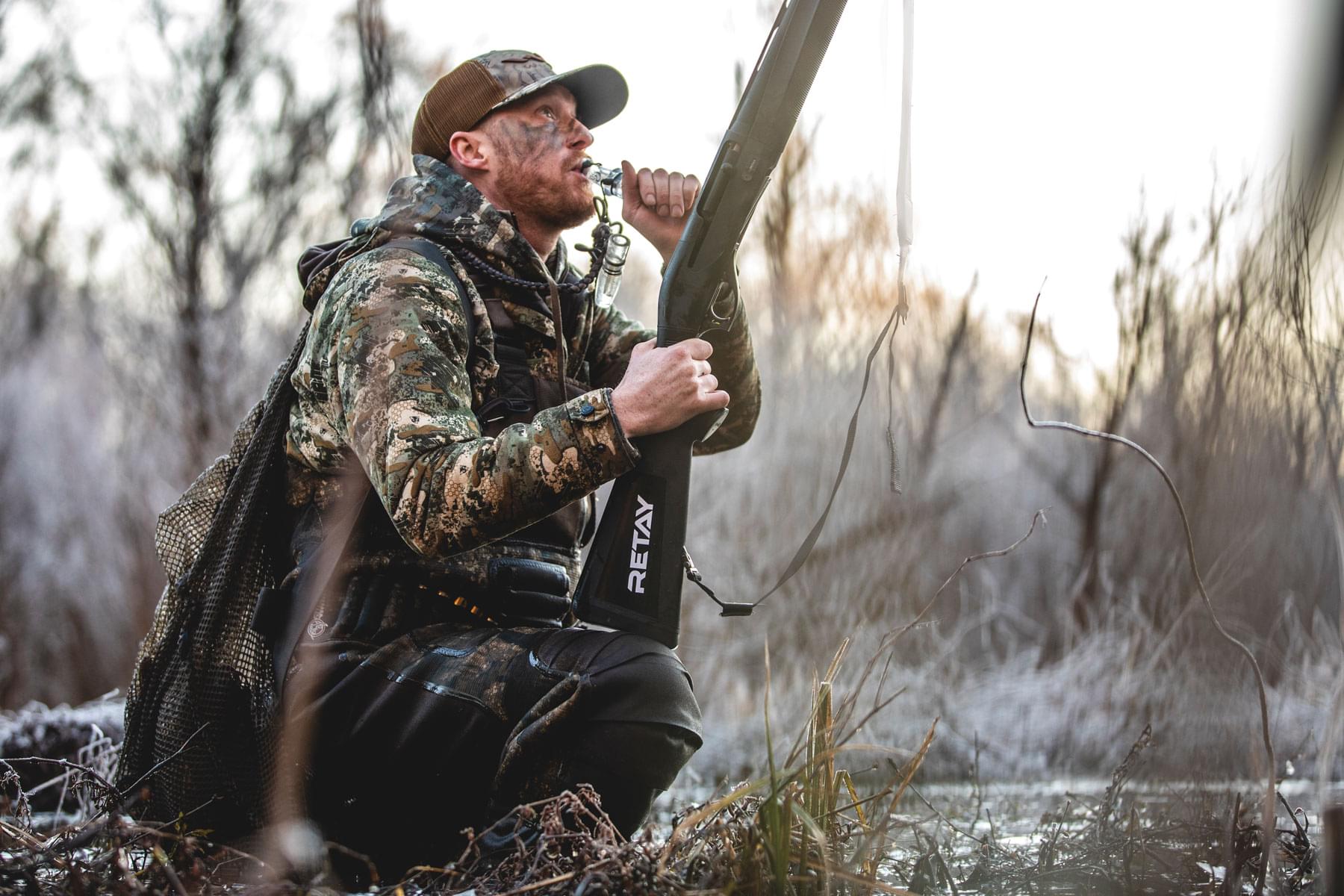
Children love kicking around a football, and nothing stops them from happily playing until they’re exhausted. Padded gear and safe, secure pitches are important for child safety but having the right footwear is an important part of preparing for a new term of football matches. A quality pair of football boots is one of your child’s most important pieces of equipment. They greatly improve the performance of a player and prevent injury. Whether your child plays recreationally or competitively, buying the right boots are important. There are many different types of cleats to choose from, all with their own pros and cons. So what should you look out for? Let us give you some tips on how to get the best football boots for your child.
What to look for in a Football Boot
A good pair of football boots will last for many years. Choose carefully and your child will be kicking happily for years to come. Here are the most important things to look out for when buying football boots for children.
– Fit: Children’ feet grow quickly, so it’s important to get the right fit. The best way to do this is to regularly reassess how well the boots fit. Make sure there is enough room in the toe box and that the length isn’t too long or short.
– Comfort: Children’ feet tend to be tender and sensitive to pressure. What may feel like a great fit initially can quickly become extremely uncomfortable, and they may jump quickly from junior to senior shoes.
– Protection: Young feet are tender and vulnerable to injury. Children’ football cleats should offer plenty of support and protection.
– Durability: Most children will grow out of their cleats in one or two seasons. Good quality football boots are built to last, but cheap ones often don’t.
– Traction: When kicking off on a muddy surface, a rubber stud can make all the difference.
Start with the right fit
As we mentioned above, it’s essential to get the right fit when buying football boots for children. Children’ feet grow quickly, so a pair that is too small will quickly become uncomfortable. What feels like a great fit one week can become painful a few matches later. And a pair that is too big can cause your child to trip and fall. A good rule of thumb is to size 1/2 a size larger than your child’s normal shoe size. It helps to get your child to stand on a scale so you can figure out what size they need. Remember, children’ feet grow every month. So if you buy a pair of football cleats at the start of the season, they’ll likely become too small by the end of it.
What type of surface will your child play on?
The type of surface your child plays on will affect what type of boot you should get.
– Artificial Turf: Children who play on artificial turf should opt for a flat-soled shoe that grips the surface well. These are generally lightweight and have synthetic upper materials.
– Natural Turf: For natural grass, get a boot with a stud. The studs are there to provide traction and prevent your child from slipping on the surface. Lots of studs will deliver better traction than a few large studs.
– Indoors: Turf shoes work well on indoor surfaces. They provide plenty of traction and are generally lightweight. But for indoor surfaces that are softer, you may want to buy indoor football shoes. These are designed for softer indoor surfaces.
Durability and traction
Children’ feet grow quickly, so a high-quality cleat that lasts one or two seasons is ideal. A pair that lasts longer is great, but can be expensive. It’s better to purchase a pair that is higher quality that lasts a season than cheaper boots that fall apart in six months. Look out for synthetic materials and make sure they’re stitched together well. A few extra pounds spent can lead to a pair of football cleats that lasts for years. Optimum Sport offers a range of football boots that are high quality, without the high price tag.
Summary
Football boots are one of the most important pieces of gear any football player can have. They protect the foot and provide traction on a variety of surfaces. Choose carefully, and regularly ensure your child is wearing the correct size for them, and your child will kick happily for years to come.







